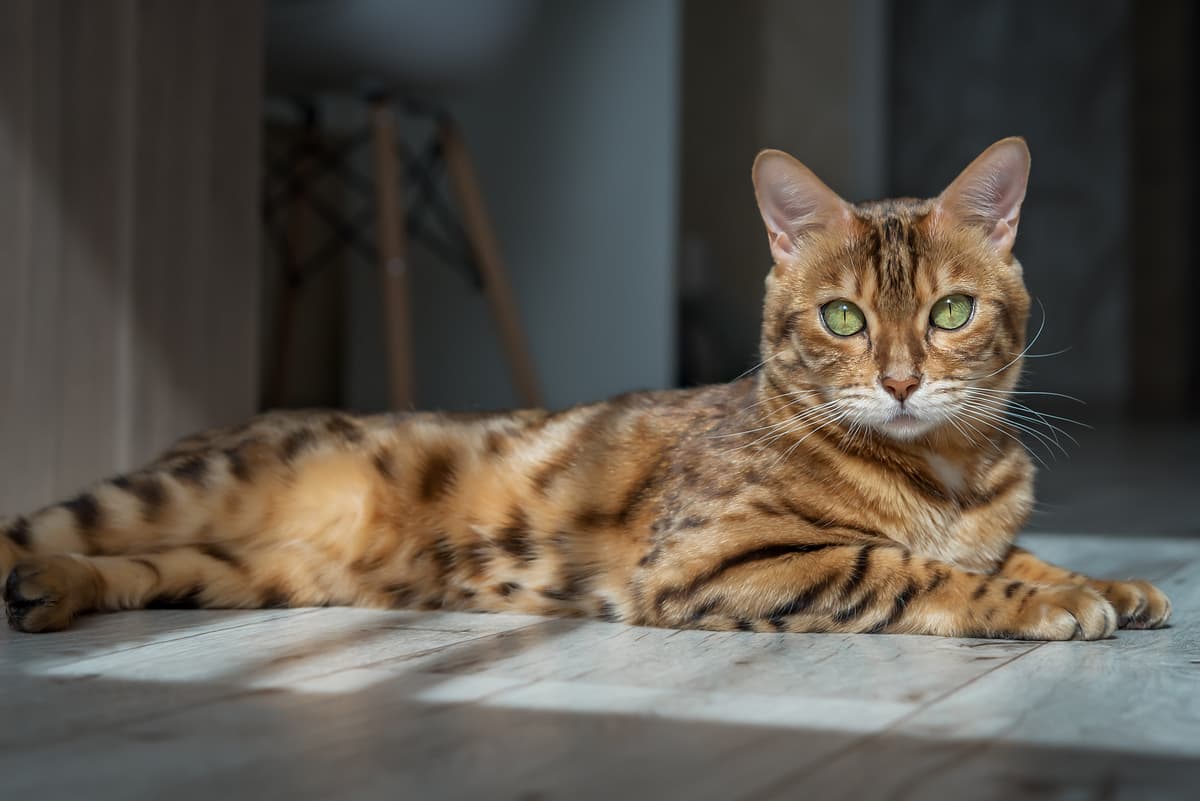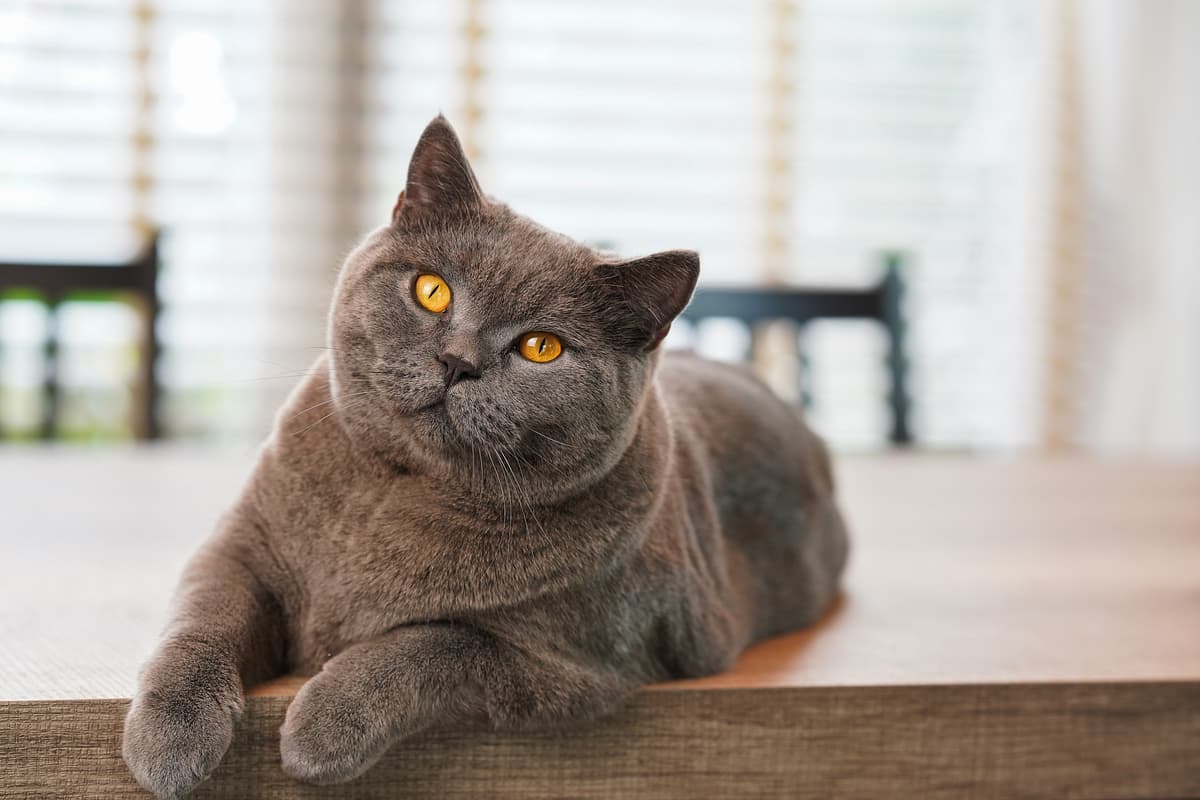Bengal vs British Shorthair
Discover the differences between Bengal and British Shorthair to make the best choice for your situation.
Try different breeds

Bengal
Luxurious long fur and a calm, affectionate nature make this breed a favorite for quiet households. Persian cats thrive as gentle, loving companions who enjoy serene environments.

British Shorthair
Round-faced, plush-coated, and calm, this breed charms with its affectionate yet independent nature. Adaptable and gentle, it thrives as a loving companion in any home.
Quick comparison
Medium
3.5–6.0 kg
Longhaired, dense undercoat
12–17 years
3.0–5.0 kg
Low activity needs
Large
5–9 kg
Shorthaired, plush
12–17 years
4–7 kg
Low activity needs
Personality & behavior
Compare the personality traits and behavioral characteristics of both breeds.
Bengal
Gentle and affectionate with familiar people
Learns basic routines and household habits
Prefers calm, quiet environments and routines
Occasionally playful, but not very active
Manages moderate changes with minimal stress
British Shorthair
Calm and gentle with people and children
Learns routines and commands fairly quickly
Usually low-energy, prefers lounging to running
Enjoys toys but not overly active
Adjusts well to new environments and changes
Care needs
Exercise, grooming, and daily care requirements
Bengal
Polycystic kidney disease, brachycephalic airway syndrome
British Shorthair
Hypertrophic cardiomyopathy, gingivitis
Suitability
How well each breed fits different living situations and families
Bengal
Good option
Persians are gentle and easygoing but require regular grooming and care
Excellent fit
Quiet, low-activity breed thrives in smaller, calm living spaces
Not ideal
Persians prefer tranquility and may not enjoy a busy, active household
Tolerant companion
Generally patient but may be stressed by rough handling from young children
Can adapt
Persians often coexist well with other calm pets when properly introduced
Poor fit
They dislike being left alone for long periods and may become lonely or anxious
British Shorthair
Great choice
British Shorthairs are easygoing and forgiving, making them manageable for new cat owners.
Very suitable
Their calm nature and moderate activity level suit smaller living spaces well.
Not ideal
They prefer a calm environment and may be overwhelmed by constant activity.
Perfect fit
Their gentle and patient temperament makes them safe around young children.
Highly suitable
They usually get along with other pets due to their non-territorial attitude.
May get lonely
Extended solitude can lead to boredom or stress for this affectionate breed.
Breed strengths
What each breed excels at and their best qualities
Bengal
- Gentle and calm temperament
- Affectionate with family members
- Adapts well to indoor living
- Low prey drive and minimal hunting instinct
- Generally tolerant of other pets
British Shorthair
- Calm and easygoing temperament
- Tolerates children and other pets well
- Low grooming needs due to dense coat
- Adaptable to indoor living environments
- Generally robust and healthy breed
Challenges & considerations
Potential challenges and considerations for each breed
Bengal
- Requires daily grooming for coat maintenance
- Prone to respiratory health issues
- Sensitive to heat and humidity
- Eyes need regular cleaning to prevent staining
- Susceptible to polycystic kidney disease
British Shorthair
- Can be prone to obesity if overfed
- May dislike being carried or cuddled
- Needs mental stimulation to prevent boredom
- Can develop dental issues without care
- May be reserved with unfamiliar people
Ready to choose your perfect breed?
Learn more about each breed or compare other breeds to find the perfect match for your lifestyle.
Discover more helpful tools
Make use of our other free tools to get the most out of your pet experience
